As you guys know, I am super excited about a publishing career, so I decided to head to the LBF a couple weeks ago to put myself ‘out there’, and basically show publishers that, well, I exist.
If I had to describe the fair in one word: crazy. There are tons to see, people to meet and seminars to attend; in three days, it’s almost too short! It had roughly 1,500 exhibitors, split into various sections – trade, children’s publishing, and so on. There were over 200 seminars to attend on subjects covering all aspects of publishing. If you’re not careful, it’s easy to wander around for the day with your mouth open, amazed at all the publishers and areas of publishing you were never aware of, but not actually doing anything constructive.
The thing is I have a problem with being organised, so I had a plan. Here’s the short version, because I don’t want to freak you out with my borderline OCD:
- Know in advance who to meet and when.
- Look for, and approach, some potential publishers that I’d like to work for, and hand out business cards. (Note: you may need to practise your opening marketing chat first – in case, like me, selling yourself is not your best skill…)
- Attend some interesting seminars, either directly relating to my areas of interest or to something completely new.
- Check out the stand that I had commissioned for the APE.
The sheer scale of the book fair and the enormous variety in the publishing and technology on offer made me think about my role in the (much) wider world of publishing, and helped me to feel a renewed commitment. It can be hard to remember the bigger picture when you spend most days at home doing your coursework!
I found it was better to approach smaller publishers, who I found were much more interested in me and the skills I had to offer.The warmest welcome I received was from Quirkbooks’ Publicity Manager. I loved having coffee and discussing Pride, Prejuce and Zombies with this delightfully quirky lady whose hair reminded me of Cailtin Moran’s… But I’m getting sidetracked. I had nonetheless the opportunity to meet all the big five HR managers, and more. That was a brilliant opportunity to get direct feedback on my CV, how I presented myself, and tips on how to develop certain skills! I won’t drop names, but I found interesting how two of the big five were actually interested in me and liked my enthusiasm, and how another just told me to drop publishing altogether! I reckon I am just too stubborn to do that.

Existential Crisis
The publishers were mostly there to discuss rights and new book deals, and it definitely triggered a new interest in rights in me. As I wandered around the Olympia, I could distinctly hear a mixture of English, French, Spanish, German, Polish… and some languages I simply couldn’t identify! I loved the idea of being able to combine my passion for books and for languages, so what I got out of the fair was a fairly unexpected new interest in publishing rights.
There is a lot more to talk about, and probably not enough words. Would I go next year? I think I would – armed with a better idea of what to say to publishers to break the ice, and definitely again arranging some meetings – with publishers, friends or authors – in advance.




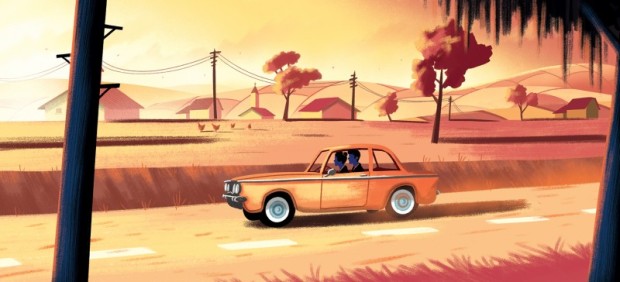

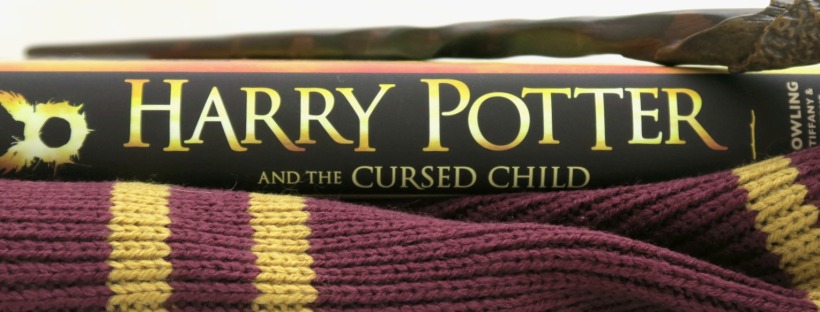

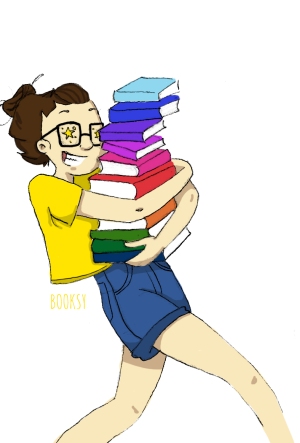



 When a mysterious package is delivered to Robin Ellacott, she is horrified to discover that it contains a woman’s severed leg. Her boss, private detective Cormoran Strike, is less surprised but no less alarmed. There are four people from his past who he thinks could be responsible – and Strike knows that any one of them is capable of sustained and unspeakable brutality.
When a mysterious package is delivered to Robin Ellacott, she is horrified to discover that it contains a woman’s severed leg. Her boss, private detective Cormoran Strike, is less surprised but no less alarmed. There are four people from his past who he thinks could be responsible – and Strike knows that any one of them is capable of sustained and unspeakable brutality.

 Eccentric writer Owen Quine has written Bombyx Mori (Latin for “silkworm”), a nasty novel that maligns the people he knows, many of whom are part of the literary circle and none of whom would be particularly pleased if Owen exposed their secrets. When Owen disappears after a very public row with his agent, his dowdy wife Leonora Quine hires Strike to track down her husband. The missing person’s case eventually turns into a murder investigation, when the author is discovered brutally slaughtered in the same manner that was depicted in his book.
Eccentric writer Owen Quine has written Bombyx Mori (Latin for “silkworm”), a nasty novel that maligns the people he knows, many of whom are part of the literary circle and none of whom would be particularly pleased if Owen exposed their secrets. When Owen disappears after a very public row with his agent, his dowdy wife Leonora Quine hires Strike to track down her husband. The missing person’s case eventually turns into a murder investigation, when the author is discovered brutally slaughtered in the same manner that was depicted in his book.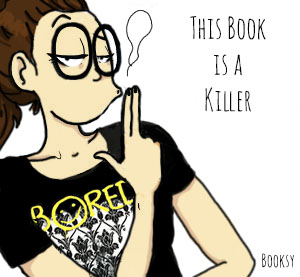
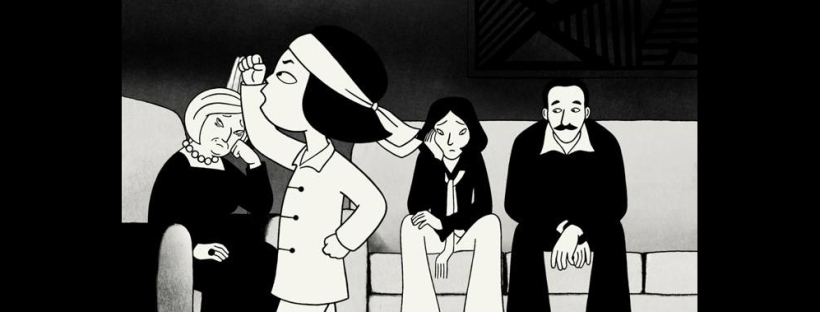






 Maggie Nelson’s The Argonauts is a genre-bending memoir, offering fierce and timely thinking about desire, identity, and the limitations and possibilities of love and language. At its center is the story of the author’s relationship with the artist Harry Dodge. This story includes Nelson’s account of falling in love with Dodge, who is fluidly gendered, as well as her journey to and through a pregnancy. It offers a firsthand account of the complexities and joys of (queer) family-making.
Maggie Nelson’s The Argonauts is a genre-bending memoir, offering fierce and timely thinking about desire, identity, and the limitations and possibilities of love and language. At its center is the story of the author’s relationship with the artist Harry Dodge. This story includes Nelson’s account of falling in love with Dodge, who is fluidly gendered, as well as her journey to and through a pregnancy. It offers a firsthand account of the complexities and joys of (queer) family-making.